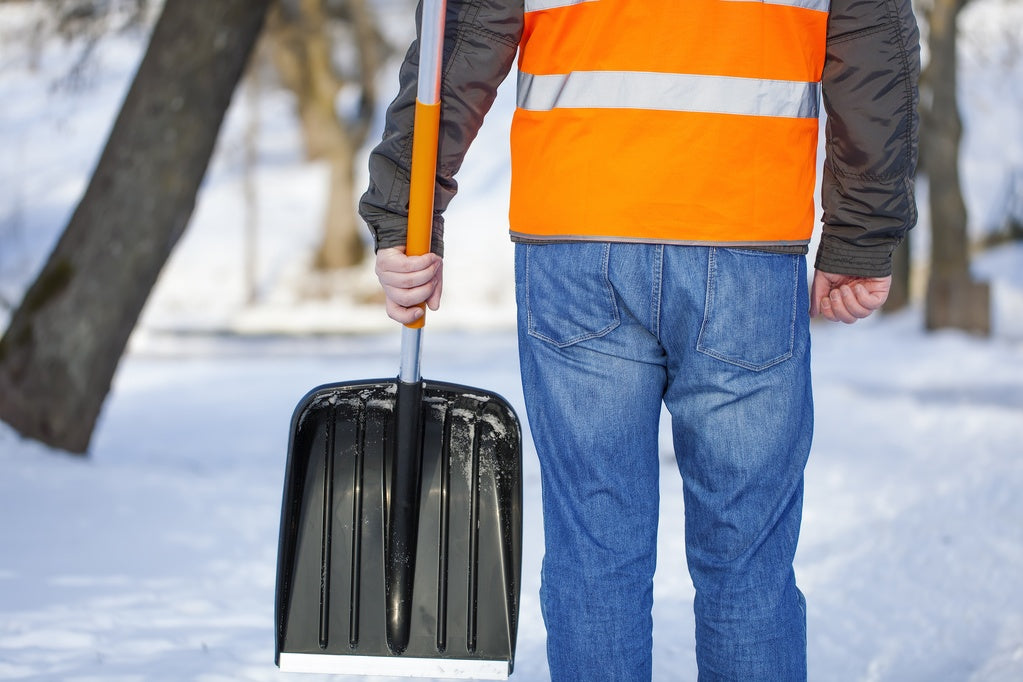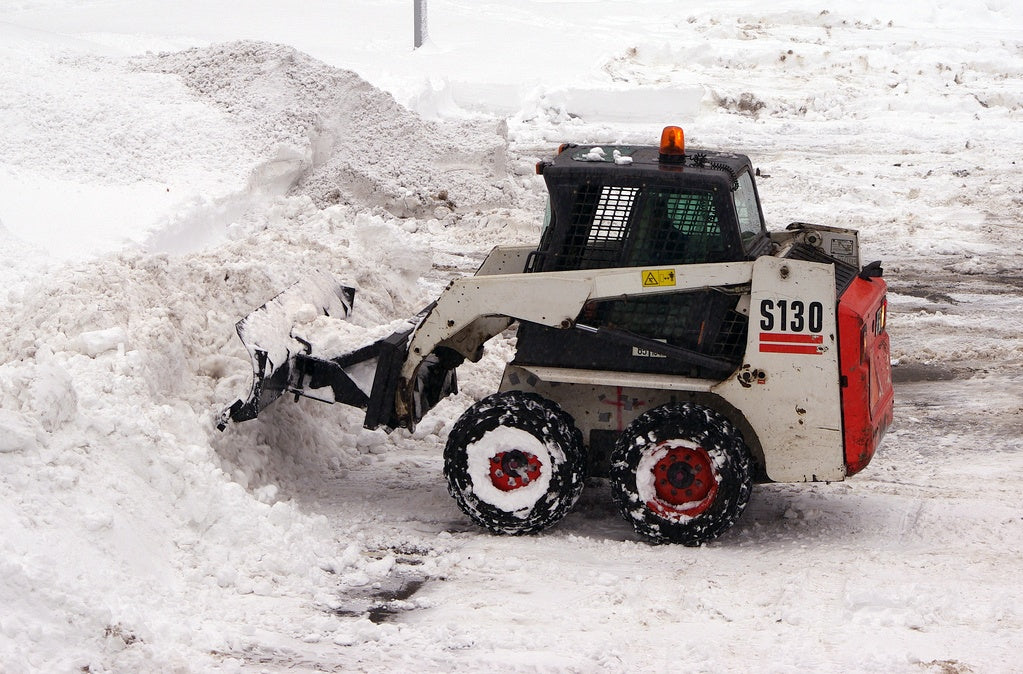
Facility managers may experience electrical problems at anytime throughout the year, but winter brings with it an increase in both the number and severity of power problems. During cold weather, electricity becomes more critical than ever since building occupants must be kept warm and, in northern climates, pipes must be kept from freezing.
Some of the most common electricity concerns that facilities face every winter, and some suggestions on how to deal with them are listed below:
- Winter power outages are relatively common, frequently occurring after storms knock down power lines via ice buildup or falling tree limbs. A backup power supply is essential. You should test run your standby generator before winter arrives, do a general maintenance check on diesel engines, top off fuel tanks before storms hit, and check the batteries on your charging system. You will also want to keep emergency supplies like food, water, and warm blankets on hand, along with an emergency weather radio.
- Electrical fires can occur when winter storms throw tree limbs through walls, or roofs overburdened with snow suddenly collapse. Heavy use of electric heaters can also increase the odds of a short and subsequent fire. Every year, hundreds die, thousands are injured, and millions of dollars in property damage is incurred due to electrical fires. A full electrical safety inspection and quick access to emergency contact numbers are important ways to guard against this danger.
- Rising electricity costs often come during winter for two reasons: Power suppliers may raise rates by 10% to 20% starting in November, and your power usage goes up as heaters run longer and must work harder to keep the building at least 40 °F (4.44 °C), even in its coldest corners and spaces. Insulating doors and windows, locating and eliminating air leaks, controlling power usage, and getting a fixed-rate power plan can all help reduce energy costs during winter.
- Carbon monoxide poisoning is a very real danger when confined in a well insulated building with a generator or portable heater running. In fact, 50% of generator-caused carbon-monoxide deaths occur during winter. Carbon dioxide poisoning is also a danger, with over 200 dying from it every year- and most during the winter months. CM and CO alarms must be installed in every room where people will be working, and periodic inspections should be done by a professional. Proper ventilation, especially during outages, is another way to alleviate the risk.
Managing a facility during winter includes guarding against the dangers of power outages, electrical fires, gas build-up, and of rising power costs. By taking concrete steps to address these issues before they arise, your facility will be safer and more energy efficient all winter long.


